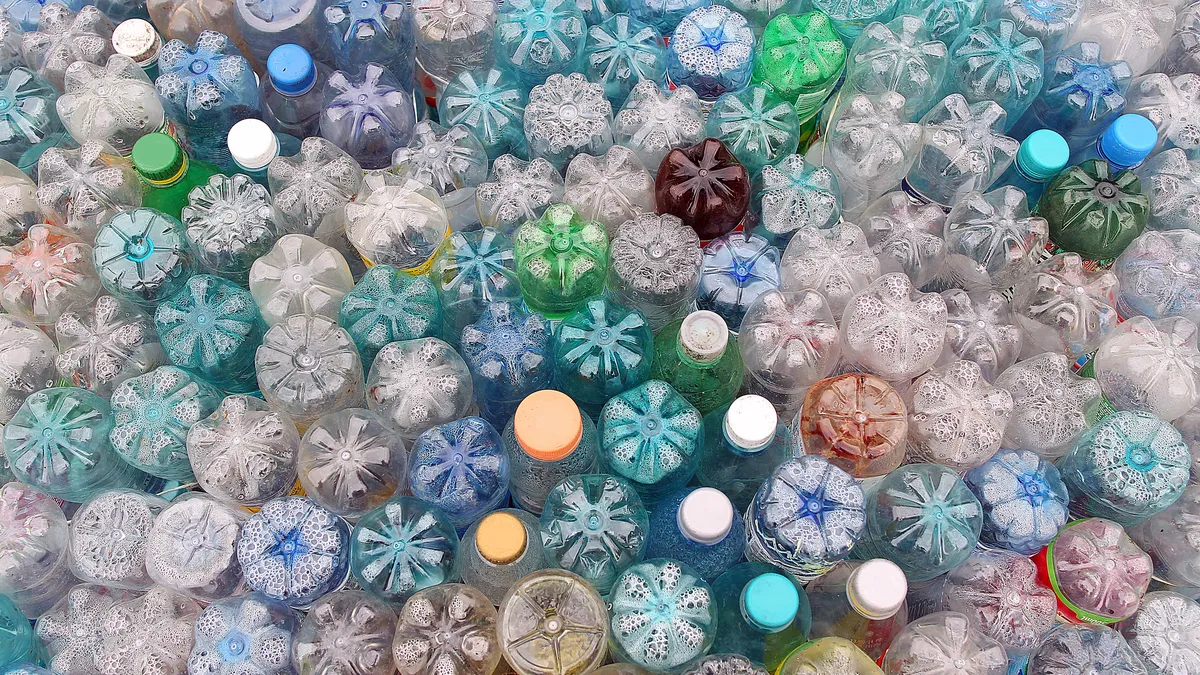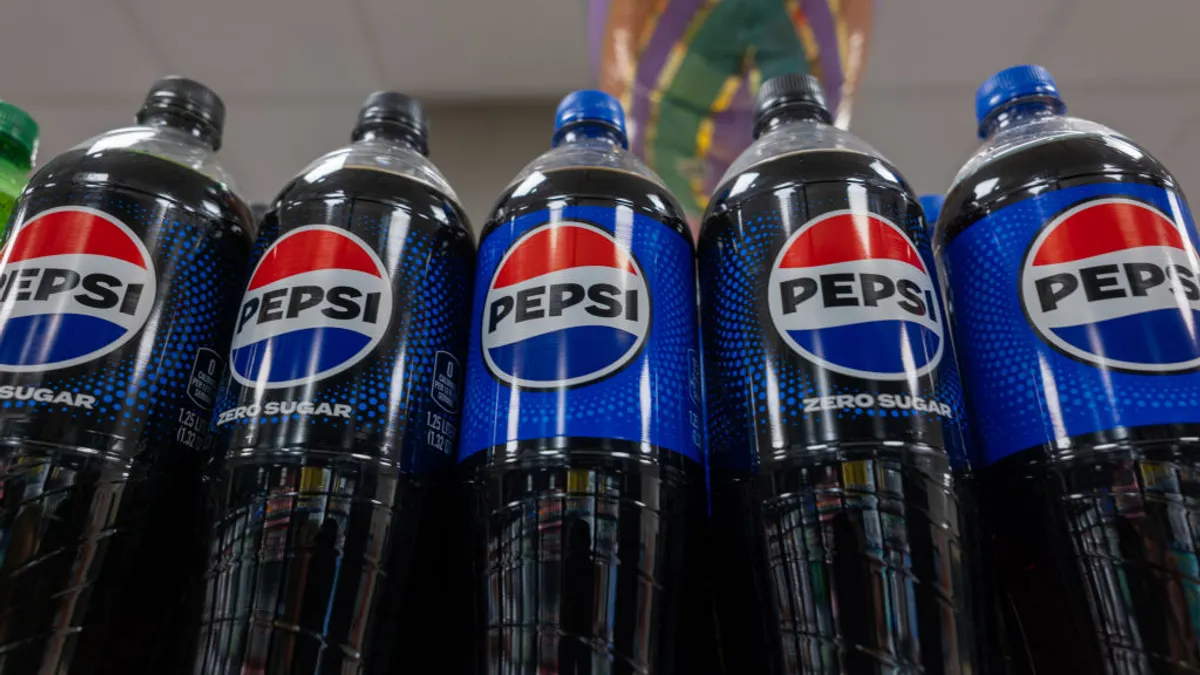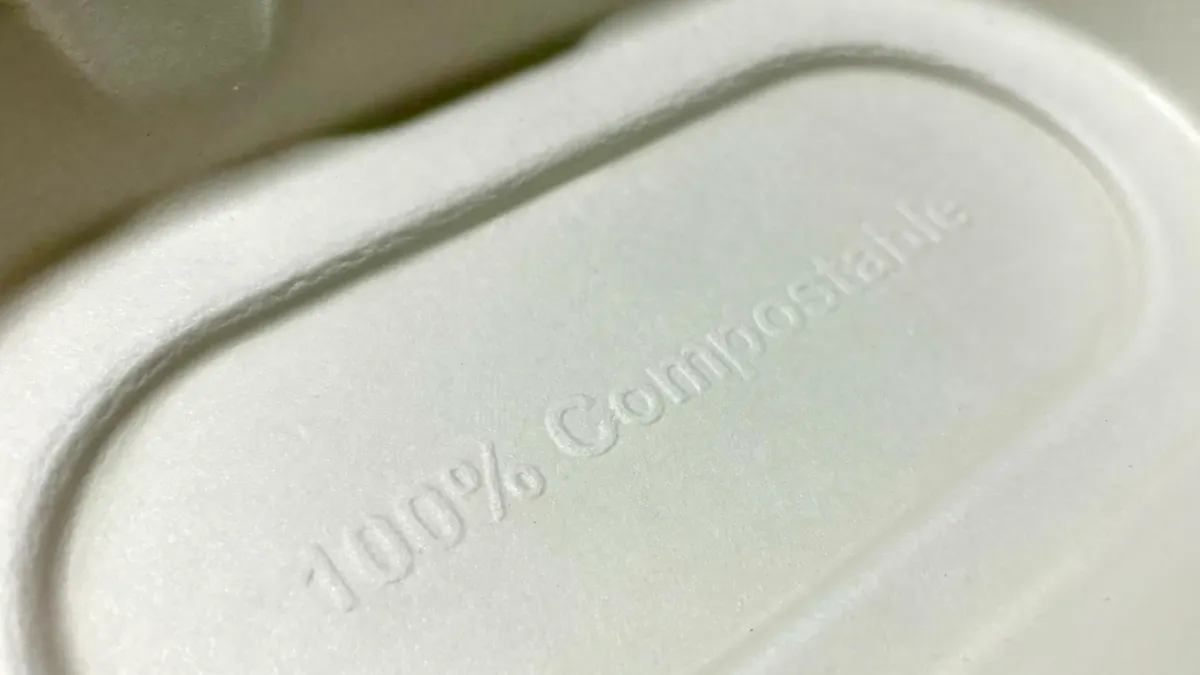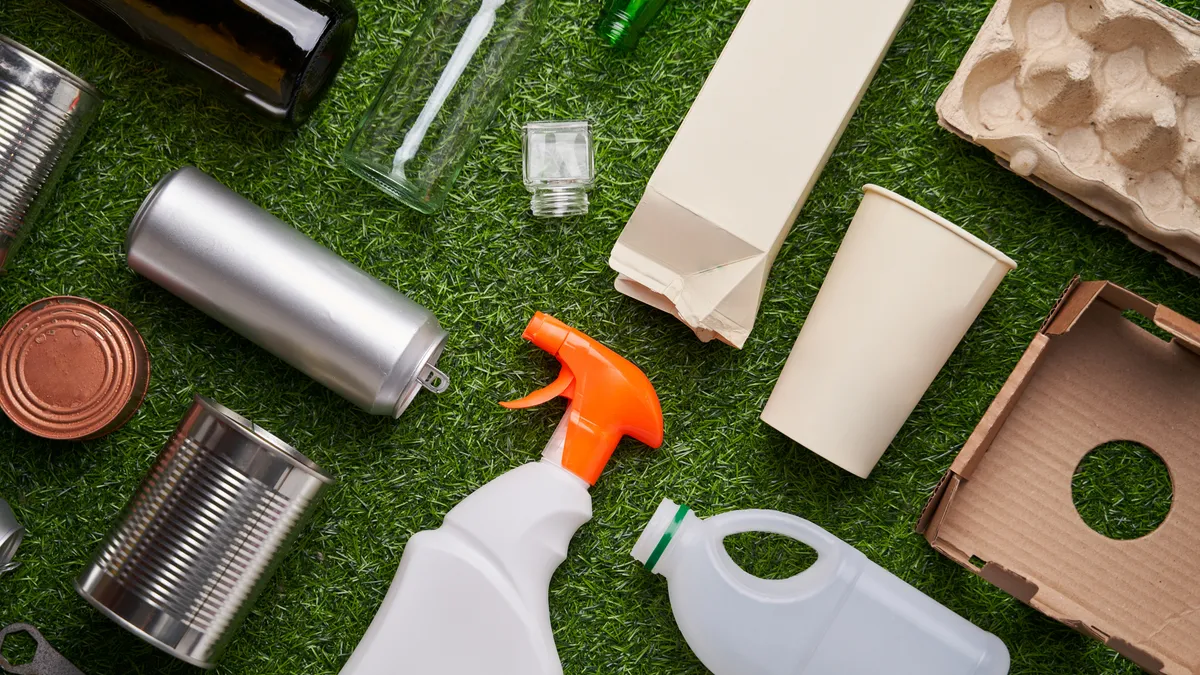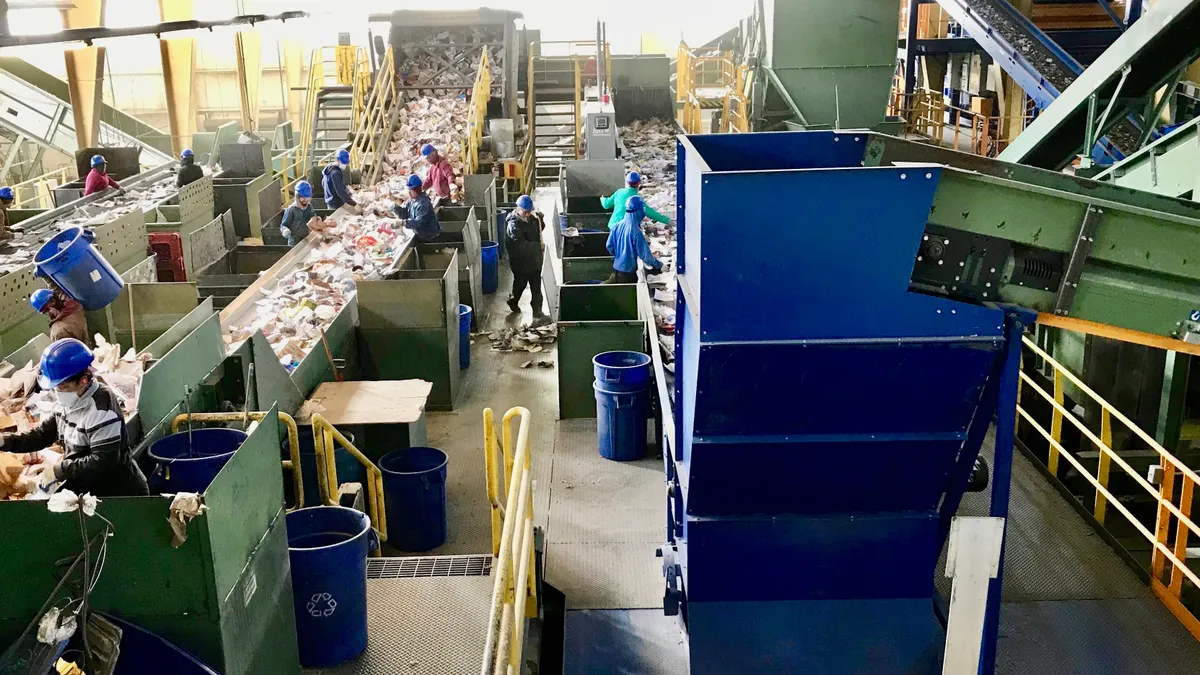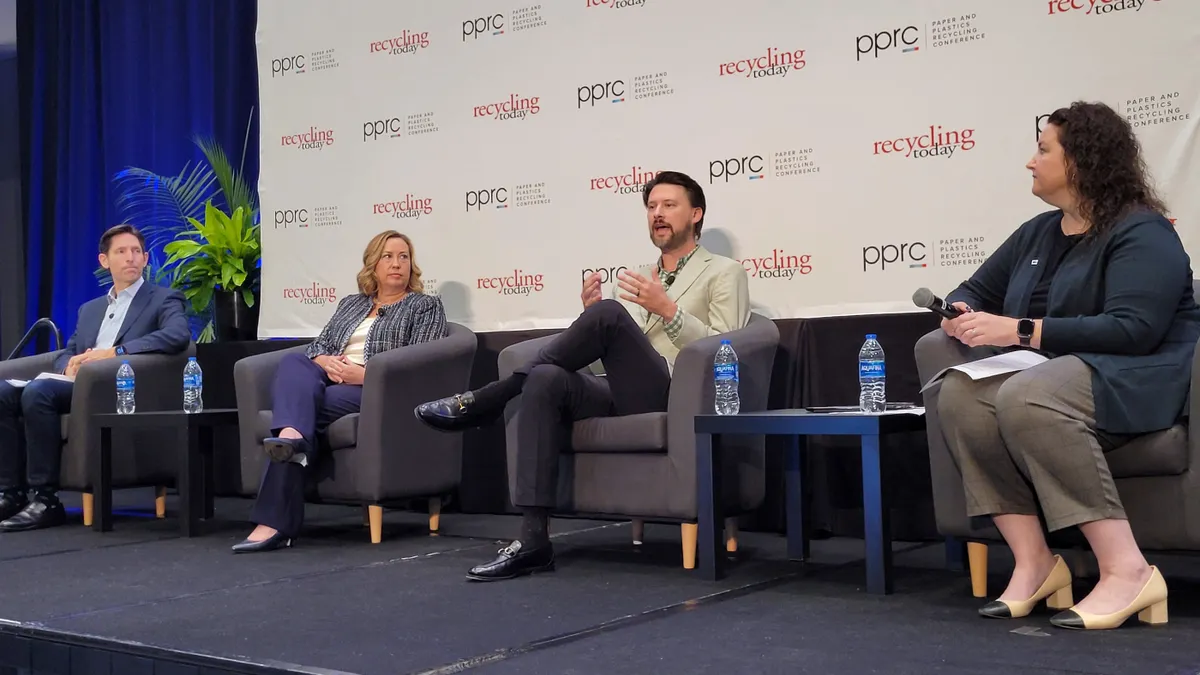A wave of recent reports and studies have raised fresh questions about the health risks of plastics, potentially complicating the discussion around the material’s role in food and beverage packaging and efforts to increase the use of recycled content.
Certain chemicals, such as bisphenol A (BPA) — found in plastic bottles, food can linings and other products — have been the subject of public concern for years. Now, a raft of releases from groups such as Bloomberg Philanthropies and Greenpeace are prompting new concerns about risks to humans from exposure to plastics more broadly. In the U.S., some of the complaints also concern the Food and Drug Administration’s handling of reviews for the chemical components of recycled and virgin plastics.
A United Nations Environment Programme report released in May, which surveyed the latest science on chemicals in plastics, found that of the 7,000 substances associated with the materials, almost half contain one or more hazardous property linked to adverse health effects.
Another recent analysis, conducted by Boston College’s Global Observatory on Planetary Health in partnership with Australia’s Minderoo Foundation and the Centre Scientifique de Monaco, concluded that “current patterns of plastic production, use, and disposal are not sustainable and are responsible for significant harms to human health, the environment and the economy, as well as for deep societal injustices.” Many manufacturing and plastic processing facilities — and the pollution they generate — are located in low-income areas, the authors noted.
Environment and health advocates call for more reuse systems and a reduction in the use of plastics altogether. These and other assessments highlight a need for a much higher recycling rate and an increase in the types of plastics that can be recycled.
According to the UNEP report, increasing recycling could reduce plastic pollution by an additional 20% by 2040 after also pursuing efforts such as “eliminating problematic and unnecessary plastics.” A separate 2022 report by the recycling advocacy organization Reloop calls for a ramp-up of closed-loop recycling and boosting the collection of drink packaging to a 90% rate.
But sources say such goals can be stymied by a lack of available recycled material. And some fear the dearth of recycled plastic could potentially be exacerbated by any new health-related regulations for packaging that governments adopt in response to recent research.Even as demand for recycled plastic rises it may be increasingly difficult for manufacturers to source an adequate supply — at least with the polymers, designs and recycling processes currently in use.
The push for new regulations
As the scientific evidence about potential health impacts from both virgin and recycled plastics accumulates, advocates and some experts are pushing for stronger policies and regulations. UNEP officials have said they hope the concerns detailed in their report on the chemistry of plastics informs discussions related to the forthcoming global plastics treaty, due next year. Negotiators held their latest meeting in Paris this month and will reconvene later this year.
“There is a great amount of concern about plastics and their effect on health, all over the world,” said Megan Wolff, policy director with Beyond Plastics, noting that the debate over plastics and recycled packaging has reached a critical moment.
Plastics used in recycled food and beverage packaging are already regulated, but health advocates say tighter restrictions are needed for individual substances and combinations of chemicals. While companies voluntarily report individual substances used in food-grade plastics under FDA guidelines, experts say full details about the constituents in certain packaging — and how substances interact — are poorly understood.
“It's actually very difficult to unpick that chemical soup because we don't have clarity about what was in there in the first place,” said Michael Shaver, a chemist and professor of polymer science at the University of Manchester in the U.K.
Both the U.S. (which accounts for 18% of global plastic demand, according to international data) and the European Union require that feedstocks used in packaging made from recycled content meet food-grade standards. That requirement is meant to ensure that only food-grade virgin plastic makes it into new food-grade packaging. But a recent German study found that PET is the only polymer that meets the EU’s requirements to be recycled and repurposed into food-grade containers. Under the European Union’s circular economy targets, all plastic packaging must be recyclable by 2030.
In analyzing samples of recycled plastic, the team found the packaging contained substances — additives intended to improve the quality of recycled plastics — that were more toxic than packaging made from virgin polymers. In order for more types of polymers to be safely recycled, the industry would need to improve collection systems and cleaning processes and have more sensitive detection methods for identifying substances in recycled materials, the team concluded.
Kara Pochiro, vice president of communications for the Association of Plastics Recyclers, declined to comment on the potential implications of rising health concerns for the ability to meet demand. Speaking broadly, she said the organization supports efforts to improve collection rates and design, and pointed to the organization’s position on expanding recycling.
“When products are both designed for recyclability and those products are put into recycling bins and collected, we are in a better position to meet demand for recycled content,” she said in an email.
So far, regulators in the U.S. have not moved to impose further restrictions on particular substances.
Paul Honigfort, director of FDA's Division of Food Contact Substances said in an email that the agency “actively monitors new scientific information related to recycled plastics used in food contact applications” and that it reviews and provides input on industry recycling processes when asked to. “The FDA also does our own studies related to food packaging when available information indicates the need for additional information,” Honigfort said. For example, the agency conducted studies on phthalates used as plasticizers in food packaging.
The agency’s guidance for the use of recycled plastics in food packaging, last updated in 2021, says that only traces of toxic contaminants are likely to survive the postconsumer recycling process. It characterizes the risk of acute exposure for consumers as “extremely low” due to the small concentrations of chemical residues in the recycled polymers. While manufacturers are encouraged to submit information about their recycling process to FDA, they are not mandated to do so.
The effort to strengthen safety measures regarding BPA illustrates the high bar for regulating these chemicals, experts say. In the wake of studies warning of the chemical’s potential impacts on the immune system and reproductive functions, FDA conducted a series of reviews starting in 2008, ultimately determining that BPA is still safe to use in food packaging.
The agency is now evaluating a petition filed in 2022 by a coalition of advocacy groups, which contends that new research — including a 2022 epidemiological study conducted in Europe that links BPA exposure in utero with an increased risk of asthma in young girls — merits another look at the substance.
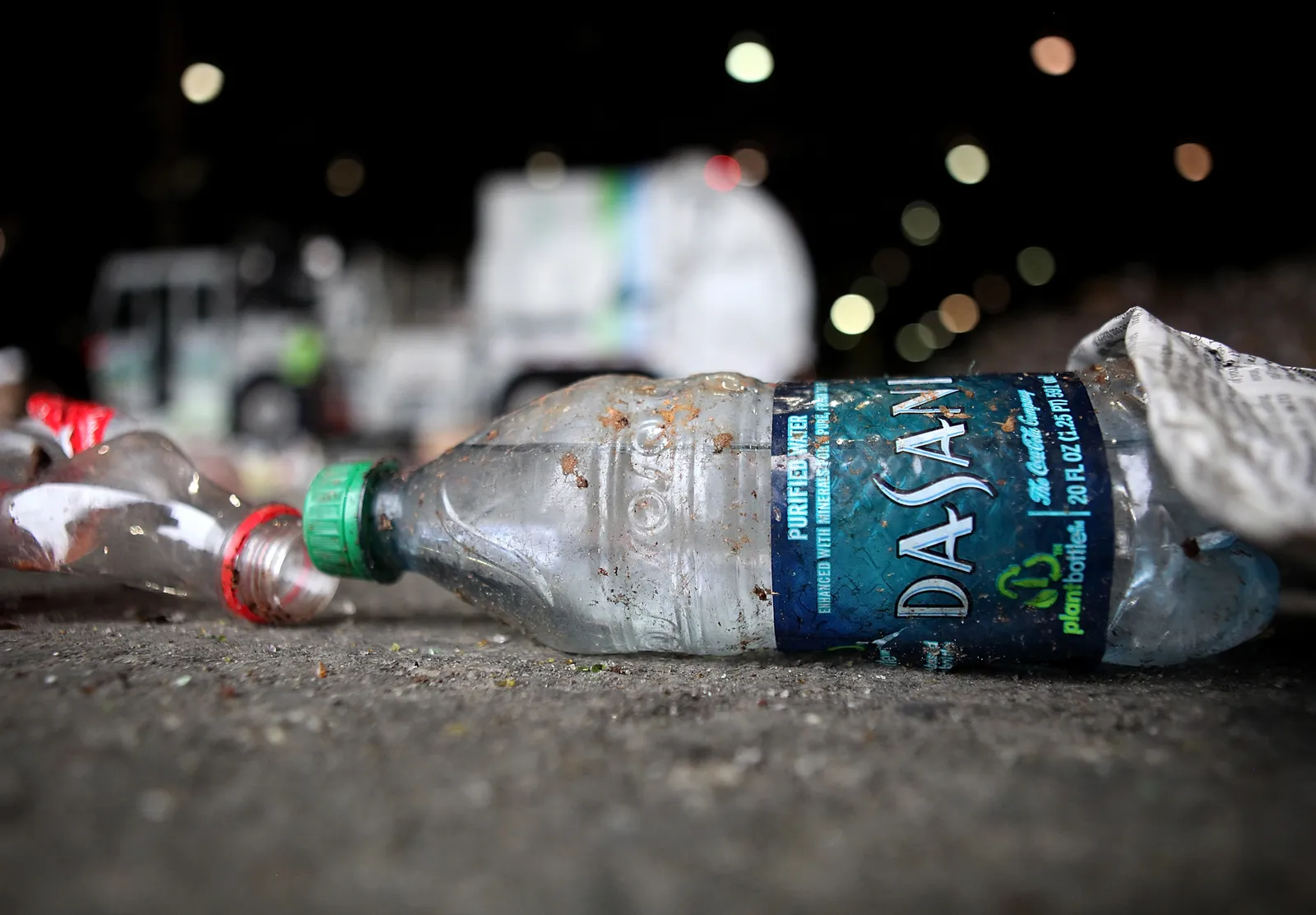
Implications for recycling
One hindrance in the effort to use more clean recycled content in plastic packaging is contamination at the very first step in the recycling process: collection. Since food-grade and non-food-grade material alike is tossed into the same bins, recyclable packaging can be fouled by everything from motor oil to bits of food.
As a result, not all packaging that makes it into collection bins can be remade into food and beverage containers, said Jan Dell, a materials engineer and founder of advocacy group The Last Beach Cleanup.
“It’s impossible to get public post-consumer, post-household consumer [plastic] segregated, except for a little bit of bottle bill redemption stuff,” she said. Under bottle bill programs, consumers receive a small refund for returning containers through various systems. Since the system only covers a more limited category of plastic, there is little chance of contamination.
Other challenges to expanding the use of recycled packaging lie in the recycling process itself. Since polymers and additives degrade during recycling, new additives must be mixed in to meet quality and durability standards for the recycled product. But the degraded additives remain in the material as well, and they can be released when the recycled product is used, the UNEP report noted.
The toxicity of many of these “non-intentionally added substances” is poorly understood and needs further study, the report notes. But the studies conducted so far suggest that some may pose a health risk. "The wide range of hazardous chemicals found in currently used products can contaminate recycled plastics,” the report concluded.
A 2020 study by researchers at the University of Alicante in Spain analyzed the makeup of recycled LDPE and HDPE and found 134 substances, including volatile and semi-volatile compounds, in polymers, additives and contamination from other items. The team also found chemicals that remained from the original additives used in the feedstock plastic, which had broken down during the recycling process.
Some of the additives and degradation products in LDPE in particular “may cause safety concerns if reused in higher added value applications,” the authors wrote. They concluded that creating separate waste collection systems to prevent contamination and using fewer types of additives in plastic manufacturing could help overcome those issues.
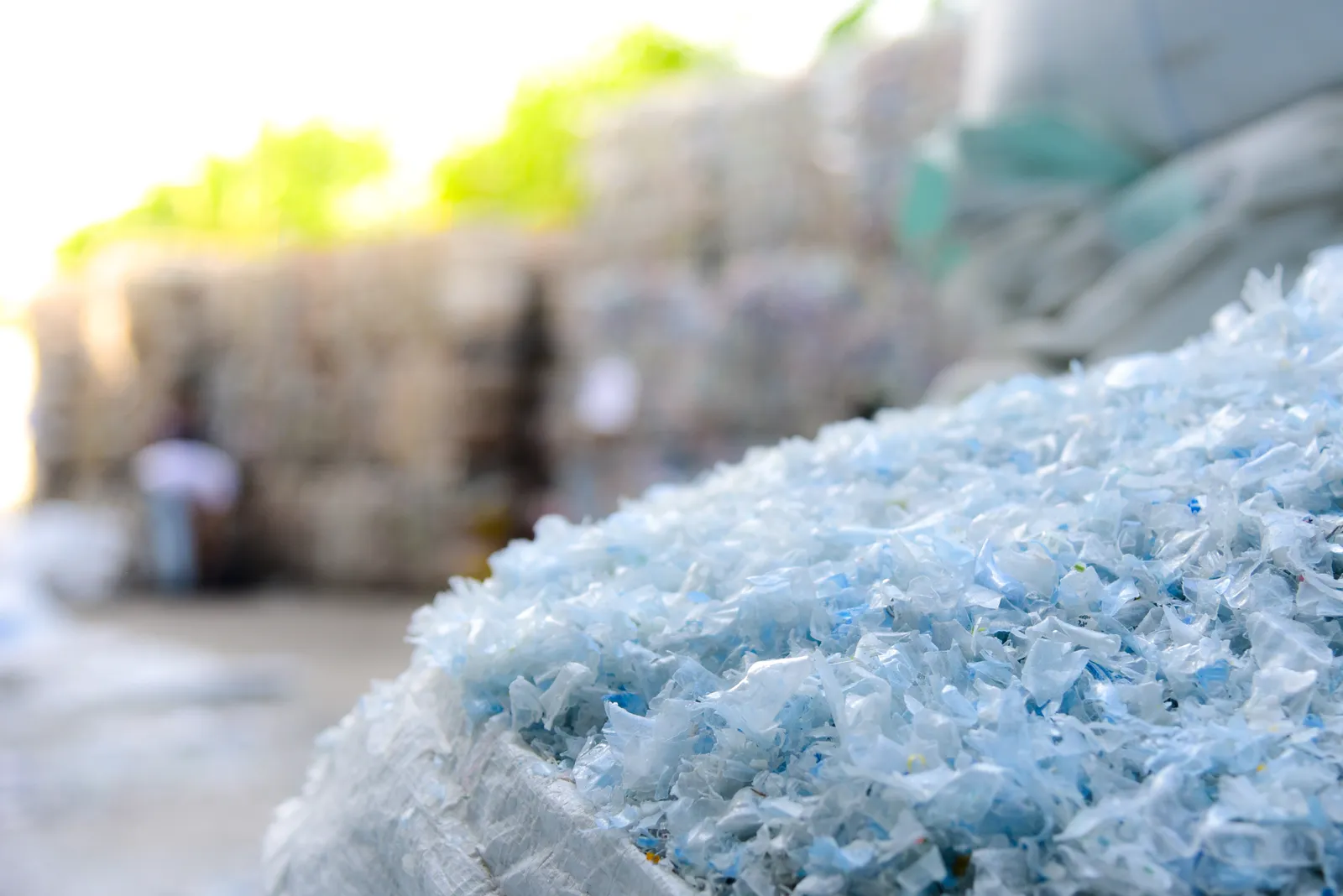
Plastic’s role in a circular economy
Certain nonprofits and industry are increasingly embracing the idea of a “circular plastics economy” that addresses the plastics conundrum at every stage of the lifecycle — and gets at both health and environmental concerns.
The Ellen MacArthur Foundation calls for creating a circular economy for plastics by eliminating unnecessary items, keeping the plastic items that are produced in circulation and coming up with new designs, materials and management practices to ensure the plastics on the market can be reused, recycled or composted. The EU’s Plastic Strategy, for example, is intended to create a circular plastics economy across the bloc, and multiple U.S. states are also enacting various regulations.
But achieving a circular plastics economy requires a major increase in the supply of recycled plastics, and research indicates there is not enough of it. As public pressure intensifies, some manufacturers and researchers are already exploring various ways to meet the growing need for recycled content while potentially handling more complex streams of plastic.
In addition to the traditional mechanical recycling process, chemical recycling, which proponents say allows the repurposing of harder-to-recycle plastics, is getting more attention. The process involves breaking down plastics into their chemical components through pyrolysis, gasification, chemical depolymerization or other methods.
While only a fraction of plastic is processed using these energy-intensive technologies, that figure could grow amid a major push for new investments and supportive regulations. Trade groups such as the American Chemistry Council say this technology will be particularly relevant for “film and flexibles, multi-layered pouches, tubes, and other mixed plastics.” Chemical recycling has its own set of problems to overcome, however. Several studies suggest that the process generates toxic substances such as volatile organic compounds, including benzene and toluene.
The UNEP report calls for regulatory limits on chemical recycling “to minimize human exposure and environmental contamination” and there has been less research about any potential health concerns about using feedstock from this system for food-grade packaging. UNEP suggested that chemical recycling is best used for plastics that can’t be recycled using other methods because of a multilayer structure or dirty mixtures.
Chemical recycling would not be needed if hard-to-recycle plastics were not manufactured in the first place, said Wolff of Beyond Plastics. “We need to back off the use of those kinds of plastics and use plastics that have more circularity built in,” she said.
Careful sorting by consumers or processors and cleaning of plastics can go a long way toward meeting the challenge of safely ramping up recycling as demand spikes, though both increase costs, Shaver said.
Greater transparency in the industry around additives and resin composition would also help, he added. “A lot more information provided by packaging producers will really unlock change, because you can segregate things in a better way and actually be able to enable the production of better quality products,” Shaver said. “I think it’s a real opportunity to be building commitments around more transparency.”
The University of Alicante researchers wrote in their study that information on exactly what is in postconsumer plastics, and their potential health risks, “will be fundamental for the development of innovative decontamination technologies.”
In the meantime, Shaver said plastics are not going anywhere so the industry, scientists and policymakers need to step up efforts to limit their harms. “We are dependent on plastics,” he said. “We do not have replacement materials that do not have greater unintended consequences."
Rethinking plastic packaging with health and the environment in mind will require a level of collaboration between those groups that has not yet been achieved, added Sarah Dunlop, a public health expert with the Minderoo Foundation and a co-author of the Minderoo-Monaco report.
“We’ve got to get them to the table and work together,” she said.

